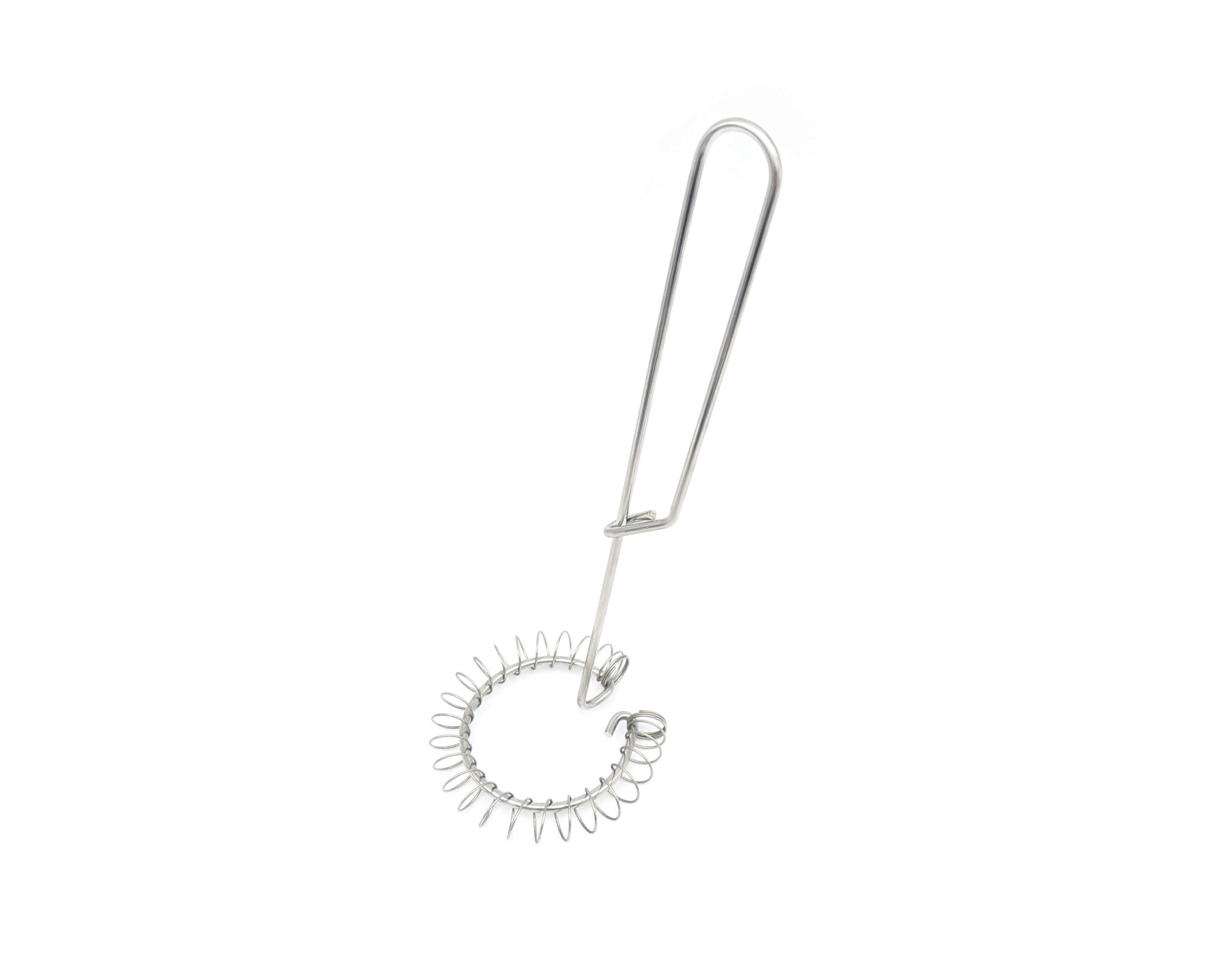Get unique, complex parts easily. No matter your requirements, Chaoyi Spring creates hard-to-produce coil springs and wire forms.
Let us help you create the custom wire form you need, from S-hooks and J-hooks to utility hooks and more.
We work closely with customers across a wide range of industries, helping them design and manufacture made-to-order parts.
Why choose Chaoyi Spring? We prioritize customer-focused collaboration, modern equipment and the latest technology to make your parts per print.
Find the information and guidance you need, from measuring a spring to learning about materials, placing an order and much more.
Choosing the right tension spring size for your application can seem daunting, but it doesn't have to be. With the right resources and understanding, finding the perfect spring for your


Choosing the right tension spring size for your application can seem daunting, but it doesn't have to be. With the right resources and understanding, finding the perfect spring for your needs is a breeze! This comprehensive guide will explore the world of tension spring size charts, explaining how they work, what information they contain, and how to use them effectively. We'll also discuss the important factors to consider when selecting tension springs, such as material, wire diameter, coil diameter, and free length. By the end of this article, you'll be equipped with the knowledge to confidently choose the ideal tension spring for any project.

Tension springs, also known as extension springs, are designed to stretch and store energy when a load is applied. They find widespread use in various industries, from automotive and aerospace to consumer products and medical devices. Selecting the correct tension spring size is crucial for optimal performance, reliability, and safety of your application.
Tension spring size charts are indispensable tools for engineers, designers, and anyone involved in selecting the right spring for a particular application. They provide a comprehensive overview of available spring sizes, along with their corresponding specifications, such as wire diameter, coil diameter, free length, and spring rate. These charts are typically organized by manufacturer, material, and spring type, allowing for quick and easy identification of suitable springs for a specific requirement.
A typical tension spring size chart will include the following information:
Using a tension spring size chart is relatively straightforward. First, identify the required spring type, material, and end configuration. Next, determine the necessary wire diameter, coil diameter, and free length based on your application requirements. Finally, check the spring rate and maximum load values to ensure that the selected spring is suitable for your intended use.
Besides the information on tension spring size charts, several other factors are crucial for making a sound selection:
To ensure you select the right tension spring, follow these steps:
Numerous resources provide tension spring size charts, including:
Choosing the right tension spring size for your application is essential for optimal performance and reliability. Understanding the information on tension spring size charts, considering relevant factors, and following the guidelines outlined in this article will enable you to confidently select the perfect spring for your project.
Remember, choosing the right tension spring is not just about finding a spring that fits; it's about finding a spring that is designed to perform flawlessly in your application. By leveraging tension spring size charts and considering the crucial factors discussed in this article, you can confidently select the optimal spring for your project. So, go forth and spring into action!
Browse some of the custom wire forms and springs that we manufacture. Don’t see what you need? We specialize in made-to-order products that meet your application requirements.
Visit Our GalleryNeed a custom wire form or coil spring? We make it work. Fill out the contact form and a representative will respond within 1 business day. If you have a PDF or CAD file, you can submit to request a quote.